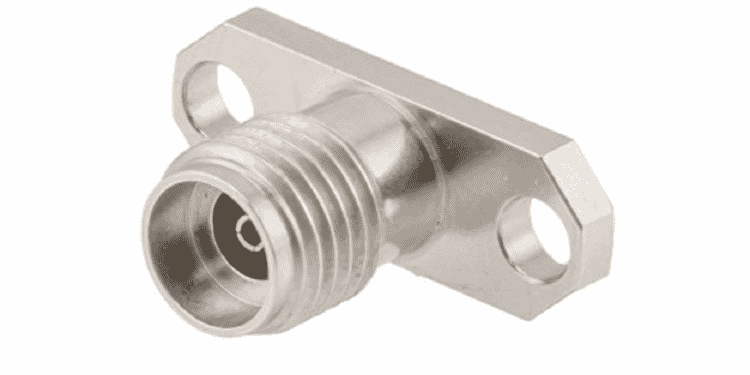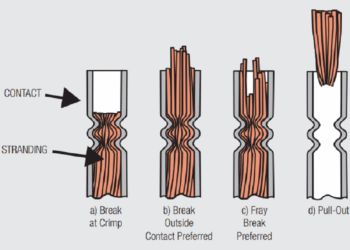Many RF/microwave applications use connectorized modules that are hermetically or otherwise sealed to protect sensitive internal electronics from the elements.
Many RF/microwave applications use connectorized modules that are hermetically or otherwise sealed to protect sensitive internal electronics from the elements. In some rugged applications, such as military, aerospace, industrial, and telecommunications, the exposed connectors on these modules can become corroded or otherwise damaged during regular use. This is especially true if the external connectors are subjected to repeated connect/disconnect cycles with various coaxial connectors, some of which may have worn with use.
In these situations, it is often beneficial to use field replaceable connectors and compatible launch accessories that enable the external connector and some components within the launch to be replaced as opposed to having to remanufacture an entire module. A field replaceable connector for a coaxial connectorized module consists of a field replaceable connector, a launch pin, and a dielectric. The launch system, which may be a hermetic seal transition or launch pins and dielectrics, are directly connected to a landing zone on the internal circuit board or device or attached via a lead wire. The launch system is designed to be integrated with the connectorized module and would generally need to be installed or replaced in a laboratory with sufficient facilities to ensure protection of the internal electronics and adequate fabrication.
However, the field replaceable connectors can simply be attached using two or four indexed screws by sliding the connector over the exposed pin and flush against the housing. Field replaceable connectors come in a variety of coaxial standards, including SMA, 2.92mm, 2.4mm, and 1.85mm. For a field replaceable connector to be compatible with a given launch system, meaning that the mating pin diameter and flange configuration need to be the same. Given this, some field replaceable connectors of a certain coaxial standard can be swapped with another as long as the pin diameter and flange configuration are the same.
Typically, the field replaceable connectors are made with passivated stainless steel for the body material, PTFE for the internal dielectric, and gold-plated beryllium copper contact pins. The launch accessories with pins and a dielectric are generally made of the same materials, gold plated beryllium copper pin and PTFE dielectric. Hermetic seal transitions, however, are made with gold plated beryllium copper inner and outer metal and glass bead as the dielectric.
The performance of the field replaceable connectors and launch accessories are listed in the same way as other interconnects, with a maximum frequency, VSWR, and characteristic impedance (depending on the coaxial standard).






